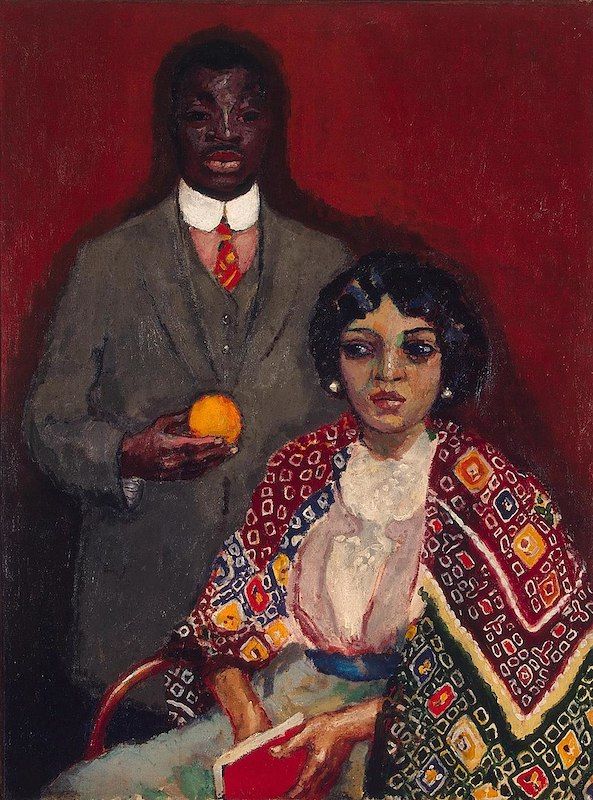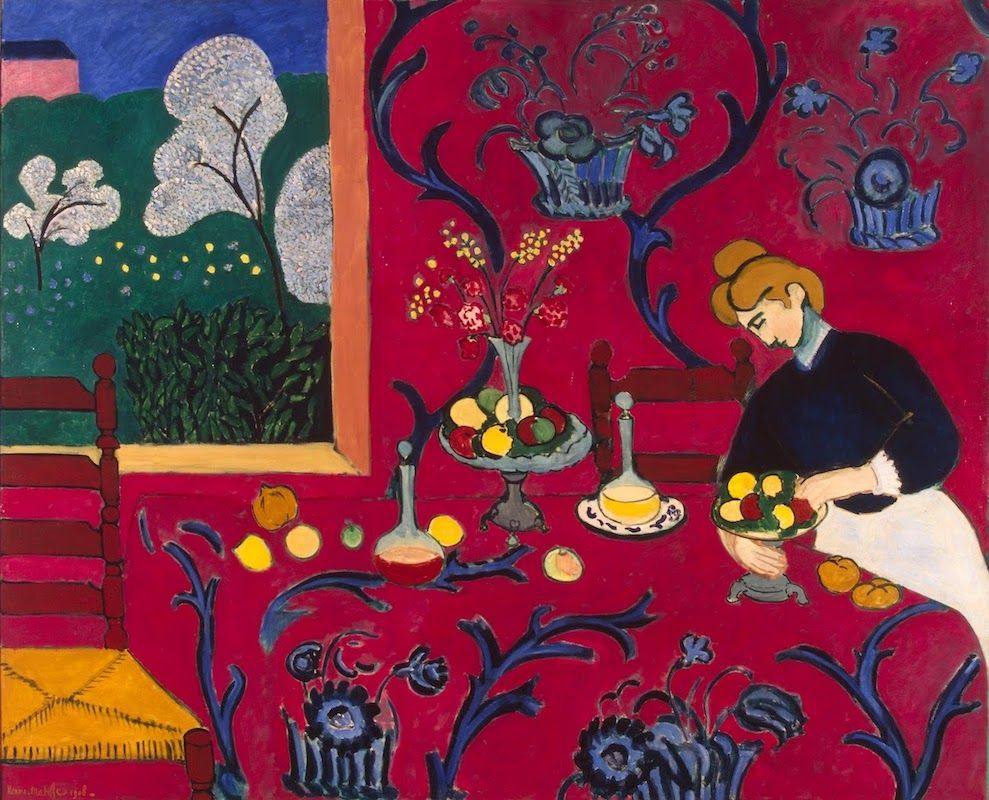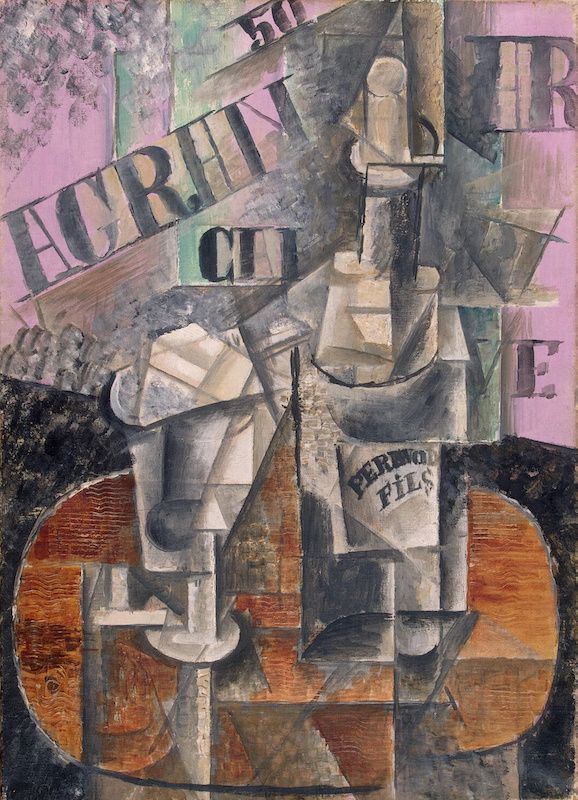In 2009 the Hermitage Amsterdam opened its doors in the beautifully renovated former Amstelhof, along the Amstel river, near the Muziektheater, the Waterlooplein and the Hortus Botanicus. The museum is privately funded, but it has signed a long-term partnership with the State Hermitage Museum in St Petersburg, from which it also borrows its name.
The museum has now organized an exhibition with a large selection of masterpieces of modern art from the collection of the Hermitage in St Petersburg. The exhibition comprises 76 works from the early 20th century, primarily by French painters. The one painting by Malevich is his famous "Black Square", which here appears a bit out of context as the lone suprematist painting. Interestingly, the version in the Hermitage was painted in 1932, but Malevich dated it 1913, the year of its conception.
The works in the exhibition were all acquired by the Russian businessmen and art collectors Sergei Shchukin (1854-1936) and Ivan Morozov (1871-1921). Shchukin was one of the first collectors to appreciate the work of French Impressionist artists. By 1904, he owned 14 Monets. He wanted to introduce the latest art developments to Moscow and went on to purchase numerous works by Cézanne, Van Gogh, Gaugain, Matisse, Picasso and so on. Morozov followed in Shchukin’s footsteps, but he was less adventurous and mainly acquired works by post-impressionists. After the 1917 Russian Revolution, the government appropriated both art collections. Shchukin’s Moscow mansion became the State Museum of New Western Art, section I, while Morozov’s mansion became section II. In 1948 Stalin had the State Museum of New Western Art closed down. The two art collections were randomly divided between the Pushkin Museum of Fine Arts in Moscow and the Hermitage Museum in St. Petersburg.



Kees van Dongen, Lucie and her Dance Partner (left); Henri Matisse, The Red Room (middle); Pablo Picasso, Table in a Cafe (right)
Centrepiece of the exhibition is "The Red Room" (1908) by Henri Matisse. If you look closely, or rather, if you know how to name colours, you notice that the painting isn’t actually red, but more of a dark pink. It is an amazing painting and what a joy to finally see it in real life and not as a reproduction. In the catalogue I read that the painting was originally blue and even called "Harmony in Blue", but at the last moment Matisse changed it to its current dark pink. The exhibition includes several more works by Matisse and doubles as a Matisse retrospective.
But there’s more to enjoy. I loved "Woman with a Black Hat" (1908) and "Lucie and her Dance Partner" (1911) by Kees van Dongen. André Derain never touched a chord with me, the way Picasso and Matisse did, but I liked “Portrait of a Man With a Newspaper” (1911-14), but that is probably because it is atypical for Derain.
The organizers of the exhibition did well to include works by lesser known artists, such as Louis Valtat, Henri Manguin and Othon Friesz. I liked “Square” (1910) by Auguste Chabaud, whom I hadn’t heard of before, with its firm brush strokes and black shadows and "Bacchante" (1911) by Marie Laurencin, another artist that I hadn’t heard of.
The highlight of the exhibition, for me, was to see a number of fascinating works by Picasso, from “La buveuse d’absinthe” (The Absinth Drinker) (1901) to "Dryade" (1908) and “Une table au cafe” (Table in a Cafe (Bottle of Pernod)) (1912). I love how Picasso incorporated words and type into the painting.
I’ve never been a big fan of Kandinsky and the works presented in this show did little to change my opinion. I did find it interesting to see two works from before his turn towards abstraction. I would not have recognized "Winter Landscape" (1909) as a painting by Kandinsky, without the name and title tag.
Matisse to Malevich. Pioneers of Modern Art from the Hermitage is at the Hermitage Amsterdam until 17 September 2010.